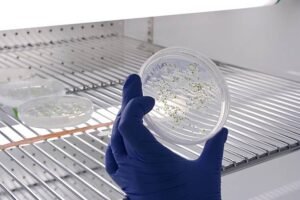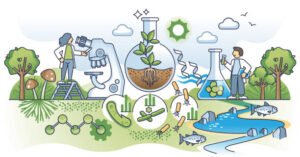
Microbial bioremediation is an innovative and promising way to addressing environmental degradation. This technique uses microorganisms’ natural abilities to break down and eliminate pollutants from soil, water, and air. In this blog, we will look at the various forms of microbial bioremediation, their uses, and the possibility for generating a cleaner, healthier world.
Introduction
Microbial bioremediation is the use of microorganisms like bacteria and fungi to break down pollutants in the environment. These microorganisms naturally absorb and convert pollutants into harmless compounds, making them useful allies in the fight against pollution.
We can solve a wide range of environmental issues by using microorganisms to clean up contaminated locations, such as oil spills, heavy metal contamination, and organic waste. This technology is environmentally friendly and cost-effective, providing a long-term solution to pollution.
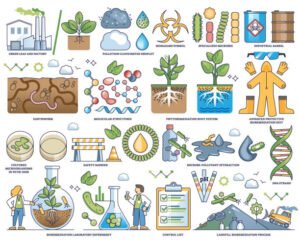
Read more:-
https://kyunus.com/index.php/2024/04/12/unveiling-the-benefits-of-plant-based-skincare/
Types of Microbial Bioremediation
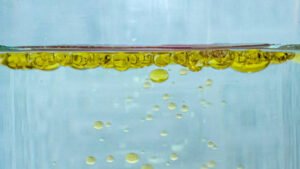
Bio-augmentation:-
This method involves introducing certain bacteria into contaminated areas. For example, in the event of an oil spill, specific bacteria may be introduced into the damaged region to speed the breakdown of hydrocarbons.
Bio-stimulation:-
Bio-stimulation is the process of enhancing natural microbial populations so that they can more effectively break down pollutants. This can be accomplished by introducing nutrients or other substances that stimulate microbial growth.
Natural Attenuation:-
This method relies on monitoring and optimizing natural microbial processes to clean up contaminants over time. It is a passive approach that requires careful observation and assessment.
Examples of Microbial BioRemediation
Oil Spill Cleanups:-
Microbial bioremediation has been utilized successfully to clean up oil spills in marine environments. For example, when the Deepwater Horizon oil disaster occurred in 2010, oil-eating bacteria played an important part in mitigating its effects.

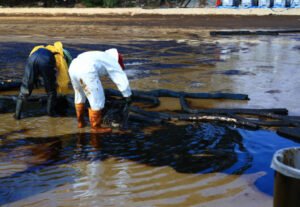
Heavy Metal Remediation:-
Some bacteria may absorb and immobilize heavy metals from soil and water. This procedure has been employed in mining communities to clean up polluted water supplies.
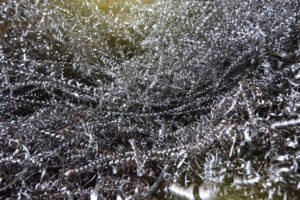

Landfill Management:-
Microbes degrade organic waste in landfills, providing methane and nutrient-dense soil. This not only reduces waste but also offers sustainable energy.
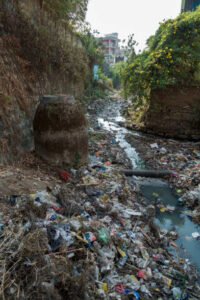
Innovative Applications
Phytoremediation:-
Phytoremediation is a process that uses plants and bacteria to remediate sites organically. Plants absorb contaminants from the soil, while microorganisms in their root systems help to degrade pollutants.

Single hemp plant in field at sunrise, against forest background. phytoremediation, climate change
Mycoremediation:-
Mycoremediation uses fungus to breakdown complex contaminants including hydrocarbons and insecticides. Certain fungus can even degrade plastic garbage.
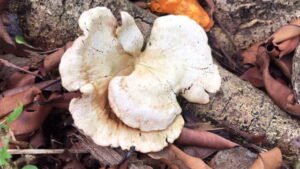
Wastewater treatment:-
Microbial bioremediation is a common practice in wastewater treatment plants, where bacteria and other microbes in biofilters and artificial wetlands assist purify water.
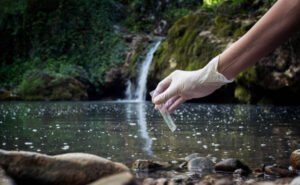
Challenges and Future Directions
While microbial bioremediation shows considerable promise, there are certain possible dangers and problems to consider:
- Potential Risks and unusual Effects: Introducing new bacteria into the environment may result in unusual consequence. It is critical to thoroughly examine and monitor the influence on local ecosystems.
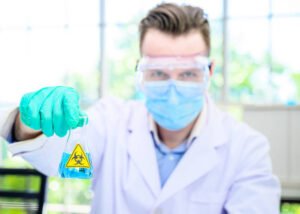
- Monitoring and assessing impact: Constant monitoring is required to guarantee that bioremediation methods are effective and do not harm natural ecosystems.

- Advances in Genetic Engineering: Researchers are investigating genetic engineering to create more efficient microbial strains capable of targeting particular pollutants and working more effectively.

DNA structure DNA modification. 3d illustration
https://www.frontiersin.org/articles/10.3389/fenvc.2020.570326/full
There are lots of micro-organisms which plays major role in microbial bioremediation here are best examples below:-
Bacteria
- Pseudomonas spp: are often utilized to clean up oil spills due to their capacity to decompose hydrocarbons like oil and petroleum.
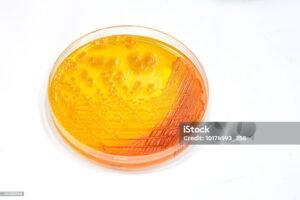
Bacterial colonies culture growth Pseudomonas spp. - Bacillus spp: This group contains species capable of degrading a wide variety of organic compounds and heavy metals.

- Dehalococcoides spp: These bacteria specialize in degrading chlorinated solvents, which are common environmental contaminants.
- Acidithiobacillus ferrooxidans: These bacteria, known for their capacity to oxidize iron and sulfur, can aid in the removal of heavy metals from contaminated water.
Fungi
- Phanerochaete chrysosporium:This type of fungus known for breaking down lignin, can also degrade organic pollutants.
- Aspergillus niger: This type of fungus that can digest hydrocarbons and other organic pollutants. It is well noted for its role in phytoremediation when combined with plants.

Aspergillus (mold) for Microbiology in Lab. - Pleurotus ostreatus: Also known as oyster mushrooms, these fungi may degrade a variety of contaminants, including dyes, herbicides, and insecticides.
Algae
- Chlorella spp:Algae are effective in removing heavy metals like cadmium and lead from water, making them useful for wastewater treatment.
- Scenedesmus spp: These algae, well-known for their ability to remove heavy metals and other contaminants from water, are also utilized in wastewater treatment.
- Spirulina is a cyanobacterium that removes nutrients and heavy metals from water and is utilized in some water treatment techniques.

powder, tablets and infusion of spirulina
Archaea
- Methenogens:methenogens are microorganisms that break down organic materials in oxygen-free settings like landfills, creating methane.
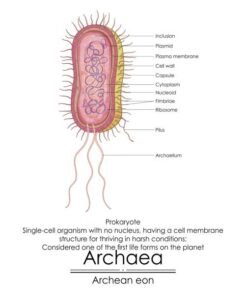
Success Stories and Case Studies
There are many examples of successful bioremediation projects worldwide:
- Prince William Sound, Alaska: Following the 1989 Exxon Valdez oil disaster, bioaugmentation with oil-eating bacteria aided recovery efforts.
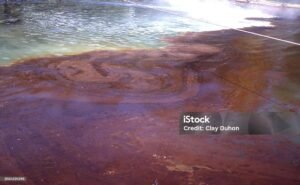
Valdez crude oil slick near Shore, brown - Copper Cliff Mine, Canada: Microbe-based bioleaching is being used to clean up heavy metal-contaminated water at mining sites.
- Water Hyacinth in Asia: Heavy metal-contaminated water bodies have been cleaned up using phytoremediation using water hyacinth.

A flower of the a Water Hyacinth (Eichhornia crassipes) in an irrigation tank, growing amid leaves of a water lily, near Kandy
Conclusion
Microbial bioremediation provides a new perspective on tackling environmental issues with eco-friendly solutions. Its potential for cleaning up contaminated locations and converting pollutants into harmless compounds is enormous. Continued research and development in this subject, as well as collaboration between the public and commercial sectors, have the potential to increase bioremediation efforts and create a cleaner, healthier Earth.
